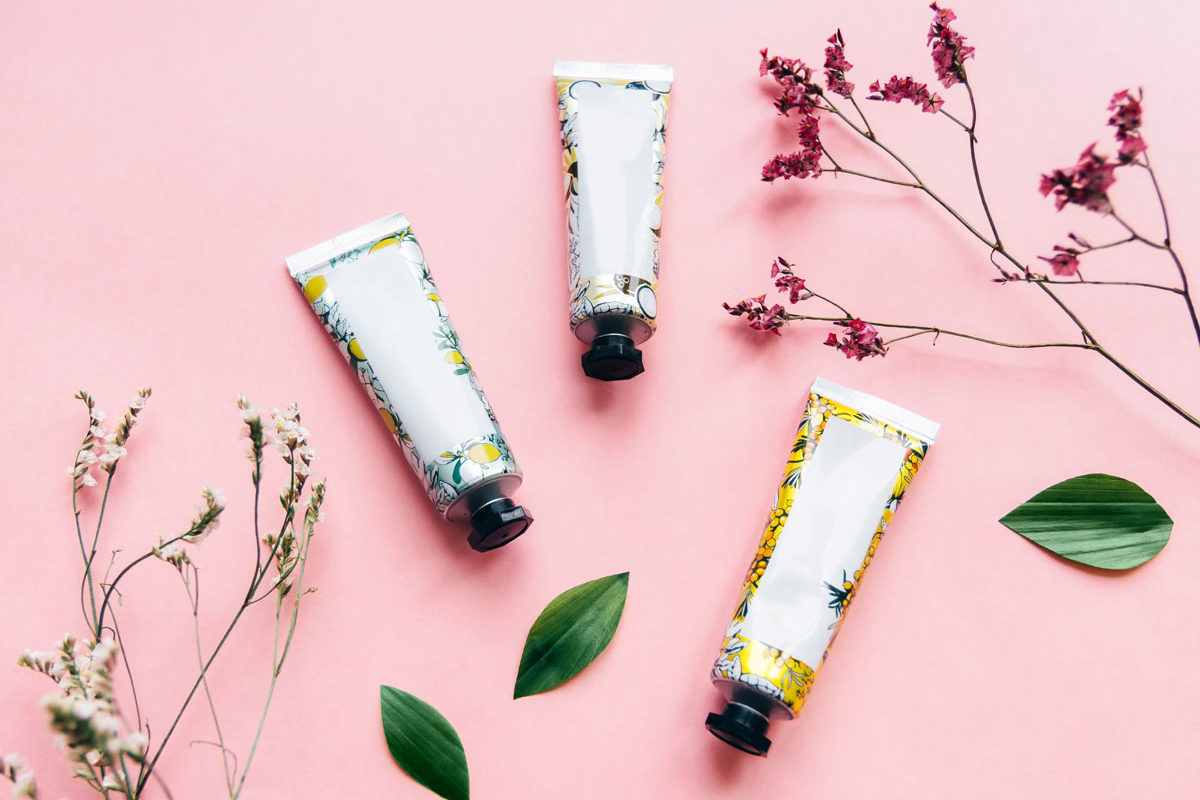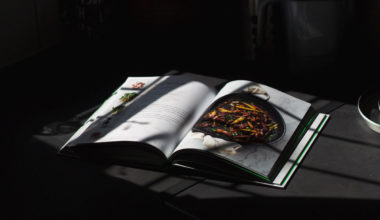These days it’s no longer conceivable for a beauty brand to launch without being seen to be ”clean”. Here’s the story of the pioneers of this Clean Beauty, of these brands that are often fronted by women who really blazed the trail for this new kind of beauty that’s more natural, more green, more organic and more sustainable.
Organic beauty, a Clean Beauty pioneer?
Is the story of Clean Beauty, popularised by hyped-up and highly instagrammable brands (often straight out of London, New York or California) really all that new?
Brands that take the decision to formulate natural beauty products, without controversial ingredients, showing consideration for people, animals and the environment – does it ring any bells? It’s the very principle of all natural and organic brands, some of which have a history going back more than 50 years, in Germany or France, who were the first to shake things up by drawing up the Cosmébio guidelines in 2002. We could mention Weleda, Melvita, Phyt’s, Lavera, Sanoflore, etc… By selecting natural, organic raw materials to be kind to the skin’s health and that of the planet, with clean production principles, they shook up the industry. And blazed the trail for “Clean Beauty”.
Clean Beauty pioneers have surprising origins
We very often look to the USA or Asia to find out where a movement originated. But by doing so, we forget that France also has fine flagship brands that wanted to get things moving very (too?) early on.
As far back as 2008, Novexpert set up by beauty industry troublemaker Cyrille Telinge banned a number of substances at a time when they were not yet controversial, talked about endocrine disruptors and the cocktail effect. However, it did so without seeking certification, because the brand is underpinned by science and biotechnology.
The same goes for Bioderma set up by Jean-Noël Thorel, and his rhetoric on the skin’s “eco-biology”, favouring biomimetic ingredients. These are naturally occurring in the skin, or imitate its natural mechanisms.
Ren Clean Skincare, meanwhile, was set up in London in the year 2000 by Antony Buck and Robert Calcraft. Their vision is summed up in the name, since Ren means “clean, pure” in Swedish. The brand offers beauty products without chemical ingredients, made by drawing on the latest advances in biotechnology. They are healthy for the skin, the environment and the planet. That’s all well and good, however the brand is now part of the multinational Unilever. Although it is pursuing its approach with strong rhetoric on the environment, it has lost its founders.
Other French brands also deserve the title of pioneer. We could mention Kure Bazaar, which created organically-sourced nail varnish in 2012, Absolution (since 2008) which reconciles organic and attractive, or Oolution which is all about being natural and effective.

The “green, clean and glam” Clean Beauty pioneer
However, it’s in the USA, where beauty product regulation is far less stringent than in Europe, that the Clean Beauty movement came about as a reaction to that. With very well-marketed brands, and with the founder becoming her own very highly-publicised muse and mouthpiece.
The ultimate example, which was to have others following suit, is that of Tata Harper, the “Green Beauty Queen”. This Vermont-based Colombian expatriate started working on her brand as far back as 2005, when organic beauty was still a little austere. She launched it in 2010. She appealed to influencers, fashion stars and models by creating organic and “100% natural” products and standing out from European organic offerings with products that reconcile organic, effective, clean and glamorous. The formulation ingredients lists are long, with up to 72 plant extracts. The green glass packaging looks good through a lens, and the designer turns influencer by filling her Instagram feed with stories and masterclasses. Her success is global, and is creating a business model.
Clean Beauty 2.0 pioneers
Since Tata Harper led the way, clean brands (which are thriving) have all been fronted by a designer, who is also all over social media. Whatever their rhetoric or positioning, they have all had their breakthroughs via the Internet and then Instagram.
The Goop brand was founded in the UK by the actress turned “priestess” Gwyneth Paltrow. It started life as a blog showcasing her “new age” lifestyle, hosting her healthy recipes and airing her sometimes controversial opinions. In 2011 it became a beauty, fashion and dietary supplement brand.
In France, Oh My Cream and Aime are the benchmarks. To start with, Juliette Lévy set up the online store Oh My Cream, which only stocks trendy, clean brands. She then created a chain of stores before launching her eponymous brand. Following a first stint at ELLE magazine, Mathilde Lacombe launched France’s first subscription-based beauty box scheme, called JolieBox and subsequently Birchbox. After that she came up with the extremely slick Aime brand environment, with a ‘from the inside out’ concept, bringing together rebalancing dietary supplements and clean beauty products. Mathilde Lacombe has since become an prominent influencer, which has allowed Aime to take off via her large Instagram following.
Then there’s Respire, which made Justine Hutteau a star with nothing more than a deodorant. And over the last two to three years, a great many brands have followed the Clean Beauty movement.







